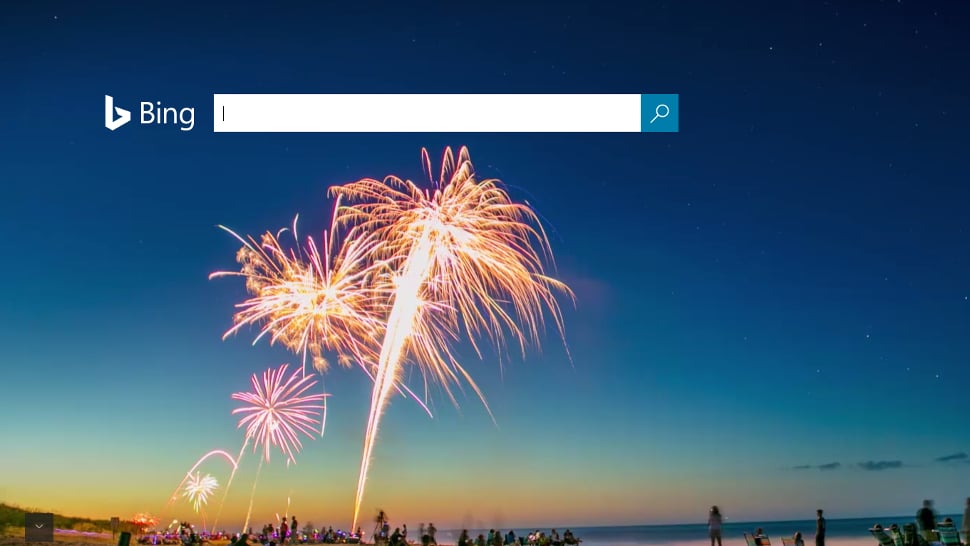Bing Announce New AI-Powered ‘Intelligent Search’ Features

On 13th December 2017, Microsoft has showcased its vision for intelligent AI-enabled computing, as well as AI differentiation strategy at its AI event in San Francisco.
The main areas that Bing is trying to improve is by making AI-supported software broadly accessible to help improve user’s “everyday” experiences on the search engine. This is in top of trying to create the intention to be an ethical AI company.
The changes that have been made within the search engine are not major changes, but show Bing is becoming more advanced to the fact users are seeing the search evolution is accelerating.
When Bing was first released on 1st June 2009, most people when searching on the engine would only ever carry out basic searches. This is so users could find websites, addresses and/or telephone numbers. But now this has changed, as Bing has become a lot more advanced. You can now search for almost anything and the right search results will appear. Microsoft have said “technology has changed significantly in the years since and so have our expectations for it. These days, people want more intelligent answers” when searching on the web. Lots of people often when searching on the web are typing in the vaguest of requests; an example being “eating out”.
When people search on Bing – or any search engine platform – they just don’t want a list of websites, they may want to have a personalised answer. Such as, results which include restaurants in the surrounding towns. They may want a variety of answers so they can get different perspectives on a topic.
At the event there were several Bing-Centric AI announcements:
- Intelligent Answers
- Intelligent Image Search
- Conversational Search
Intelligent Answers
Intelligent Answers are one of Microsoft’s new search engine features. These answers leverage the latest state of the art in machine reading comprehension. These are backed by a piece of software called Project Brainwave, which runs on Intel’s FPGA. This software is able to read and analyse billions of documents. This is to better understand the web and allow Bing to deliver answers more quickly and confidently.
Bing has become more advanced when users are searching. The search engine now uses deep neural networks to validate answers by aggregating across many reputable sources, rather than just one. Users will feel more confident about the answers they are getting.

Normally, to be able to find the right answer, you’ll have to click into lots of sources of information from a variety of different websites. Now, Bing saves you time by bringing together content across multiple sources. This saves time and is intended to provide quick access to relevant information.
In the image below, Bing have provided multiple sources of information under each other. This is so you can compare multiple sources of information. As you know, not all answers are the same, but you may be looking for expert opinions or different perspectives.
To be able to see these results, Bing will intelligently surface them to you on the top of the page.

Intelligent Image Search
Microsoft have shared a lot more detail on Bing’s advanced image search features.
The new feature leverages computer vision and object recognition to give you more ways to find what you’re looking for. When you’re searching on Bing Images, the new feature detects and highlights different products within an image. Alternatively, you can click the magnifying glass icon to find similar images.
Bing also has another new feature which helps you better explore the world.
It works in a very similar was as the above. By running software in the background when searching on Bing Images, you are able to find the history of the image’s landmark. Even if it’s an image from your camera roll, Bing will be able to detect what the image is and detail historical information.
Conversational Search
Microsoft is stepping up to the next level by improving search results on Bing and making it far more advanced.
To do this, Microsoft have made Bing more interactive and have built on previous answers; giving the user the best possible answer. By giving you suggested and auto-complete searches, Bing is able to find the right answer more quickly.

Bing have brought to light a solution. By mining billions of documents and conversational AI, they are creating a new way for users to search. This is by being interactive and building on your previous searches to get you the best answers. When asking a question, Bing will help by clarifying the question based on the query. This will better refine your answer and get the best answer first time round.
So far, Bing is only releasing these conversational searches for queries related to health, tech or sport. Bing plans to release new topics over time. They have also said the software will get better over time when more users engage with the feature.
